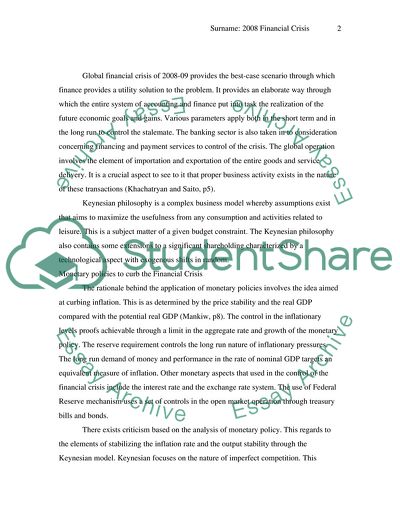Cite this document
(2008 Financial Crisis Essay Example | Topics and Well Written Essays - 1500 words, n.d.)
2008 Financial Crisis Essay Example | Topics and Well Written Essays - 1500 words. https://studentshare.org/macro-microeconomics/1772178-2008-financial-crisis
2008 Financial Crisis Essay Example | Topics and Well Written Essays - 1500 words. https://studentshare.org/macro-microeconomics/1772178-2008-financial-crisis
(2008 Financial Crisis Essay Example | Topics and Well Written Essays - 1500 Words)
2008 Financial Crisis Essay Example | Topics and Well Written Essays - 1500 Words. https://studentshare.org/macro-microeconomics/1772178-2008-financial-crisis.
2008 Financial Crisis Essay Example | Topics and Well Written Essays - 1500 Words. https://studentshare.org/macro-microeconomics/1772178-2008-financial-crisis.
“2008 Financial Crisis Essay Example | Topics and Well Written Essays - 1500 Words”. https://studentshare.org/macro-microeconomics/1772178-2008-financial-crisis.


